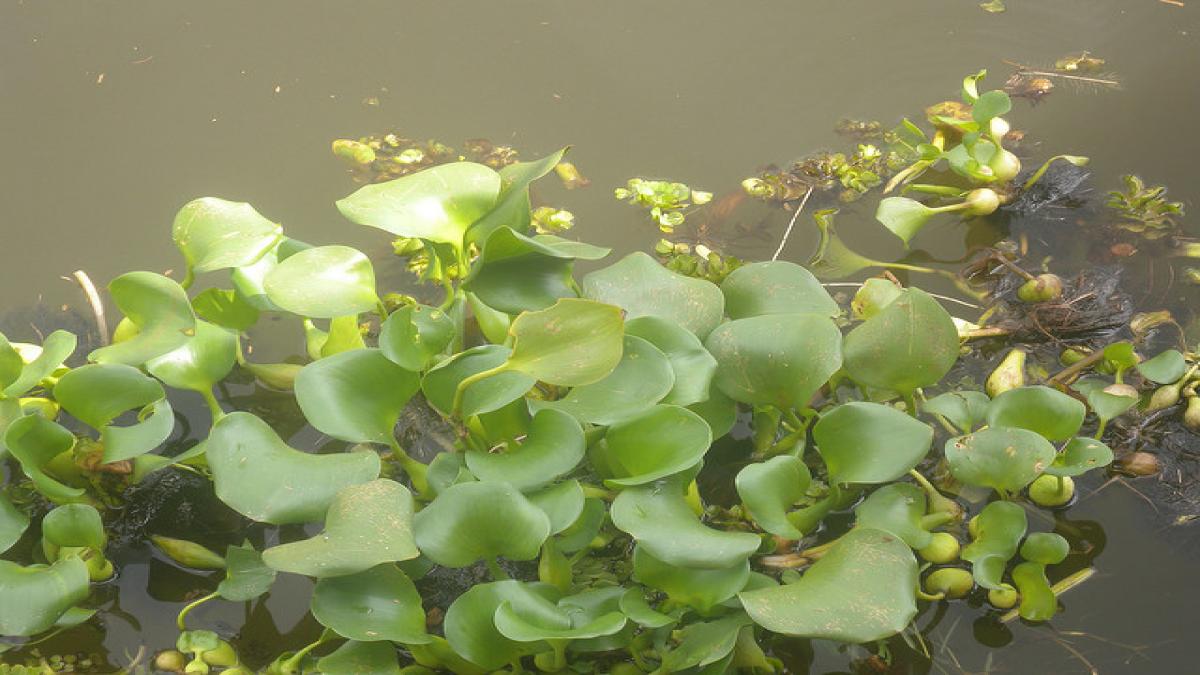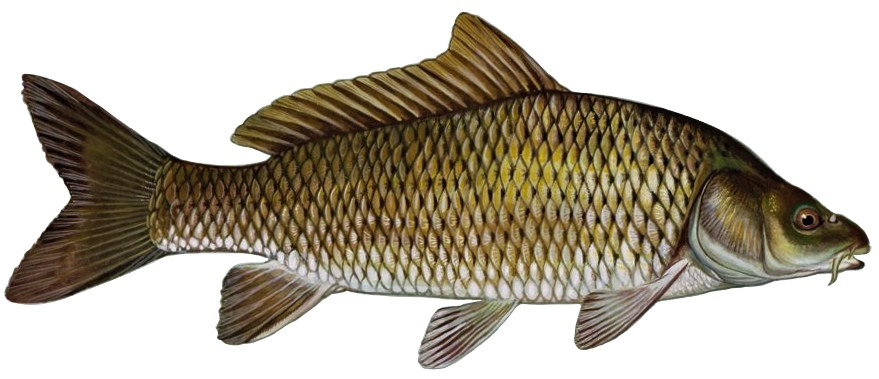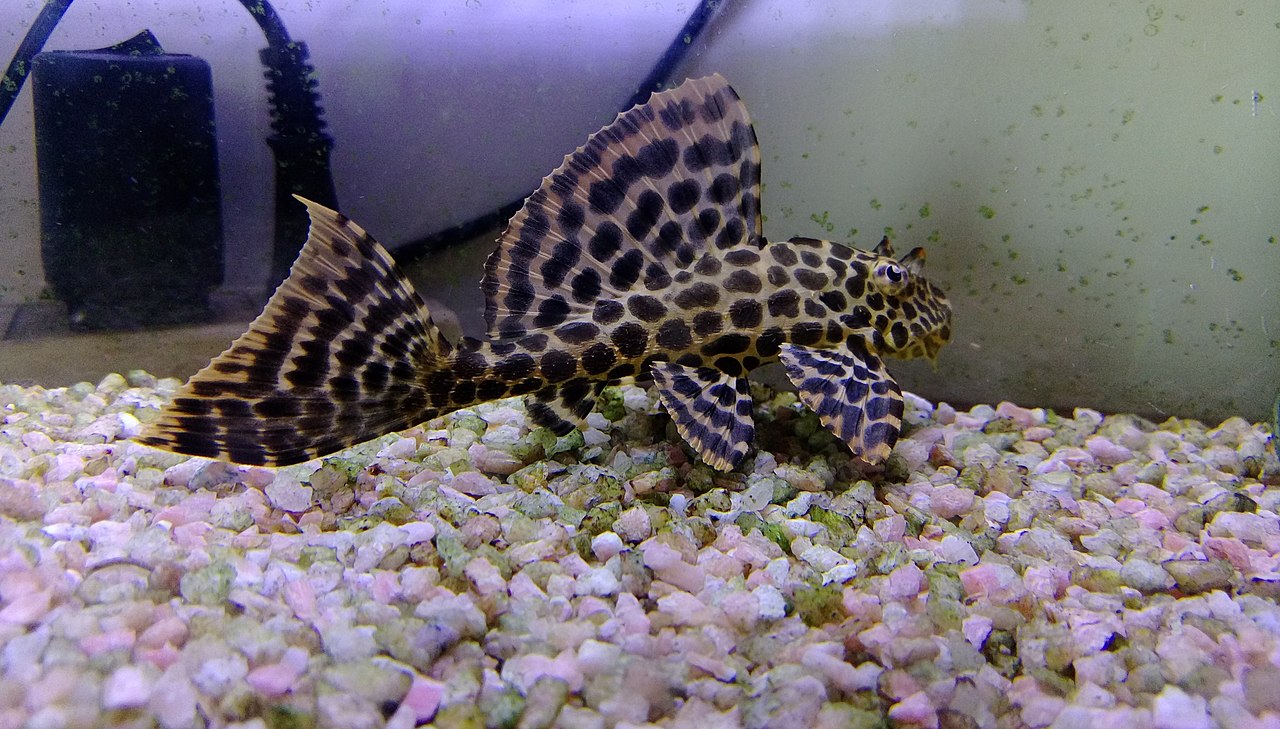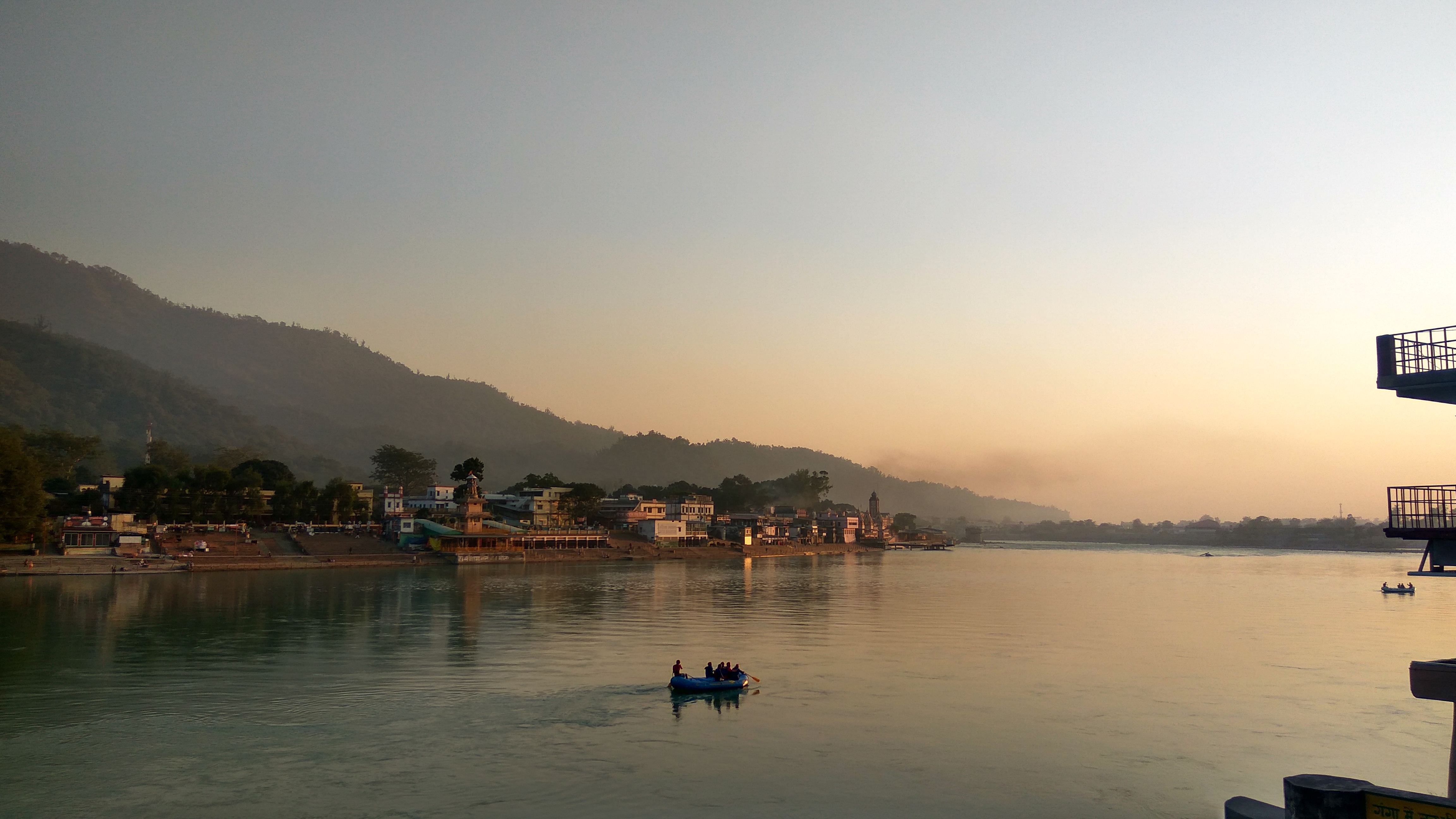
A recent report by the Intergovernmental Platform on Biodiversity and Ecosystem Services (IPBES), warns of the introduction of more than 37,000 invasive alien species due to human activities to marine, aquatic and terrestrial ecosystems globally. More than 3,500 of these have been found to be harmful thus threatening the survival of ecosystems and affecting human health and livelihoods.
What is an invasive species
An Invasive Alien Species (IAS) is any plant or animal that is introduced into an environment where it does not naturally belong. The plant or animal survives and gradually establishes itself in the new environment and multiplies rapidly, replacing the original native species that normally thrive in that environment leading to biotic homogenisation, replacement of native species and reduction in biodiversity of the region.
Invasive alien species have been emerging as the second biggest threat factor to global biodiversity after habitat destruction and it is expected to soon surpass the damage caused by habitat destruction and fragmentation informs this report titled 'A review on the impacts of invasive alien species on Indian inland aquatic ecosystems' published by the National Biodiversity Authority.
Invasive alien plants and animals are a major threat to the health of inland freshwater wetlands in India that cover 58.2 million hectares and are remarkably rich in diversity. The number of plant species within Indian wetlands is nearly 1,200 while they support 17,853 of known large and small animals i.e. One-fifth of known animal species of India.
Rivers are among the richest in biodiversity among the Indian inland wetlands and support several IUCN threatened categories of species. However, there is no comprehensive plan to tackle the growing menace of invasive alien species in freshwater inland waterbodies in India.
Invasive species affect the density, diversity and distribution pattern of the native species, lead to deleterious ecological changes due to disturbance in the ecology of the water bodies due to proliferation of one species over another and can indirectly and directly affect human health and damage the livelihoods of the native / regional communities.
Sources of invasion due to alien species
Human migration, demand for food resources increases the introduction of commercially important exotic agriculture and aquaculture species into the environment. Some of these species can accidently escape into the wild and then evolves as an invasive. Other important pathways include ornamental trade, unscientific aquaculture practice, sport fishing, mosquito control, natural disasters and ballast water. Recent studies show that construction of dams and river linking projects also pave way for the introduction of invasive species.
Ornamental trade is also an important pathway for the entry of invasive fish and plant species. For example, several ornamental organisms including exotic ornamental fish, aquatic plants and other small pet animals are sold in pet shops in 19 states and union territories in India. The states of Andhra Pradesh, Chandigarh, Gujarat, Karnataka, Kerala, Maharashtra, New Delhi, Tamil Nadu and West Bengal lead in this trade.
More than 10 ornamental fish species are being commonly found and have established a good breeding population in Indian inland aquatic systems at present. For example, exotic ornamental fish such as Mosquito fish, Tilapia, Giant Gaurami, Guppies, Platyfish have been reported from Chalakudy River in the Western Ghats, a biodiversity hotspot which harbours 16 endangered and 4 critically endangered species. Guppy fish have even established a breeding population in the river. However, no information is available on the impacts of these fish on the river. Throughout India, more than 30 exotic species which are introduced for different purposes including food fish, game fish or for killing mosquito larva can now be found in the wild.
How have they impacted wetlands in India
Water hyacinth

Water hyacinth was introduced as an ornamental plant in several regions of the world including India. Water hyacinth grows aggressively and has led to siltation, obstruction of flow to crops, slowing down of flows to irrigation canals, hampering fishing, entangling of boats, reducing dissolved oxygen and polluting the water bodies where it grows. For example, In Deepor Beel in Assam, water hyacinth has led to heavy siltation in the wetland. Water hyacinth has also blocked irrigation channels and obstructed the flow of water to crop fields in the Brahmaputra river and caused huge losses to paddy cultivation in West Bengal.
Water hyacinth also entangles with boat propellers and hampers fishing, pollutes water and changes the water chemistry by decreasing the dissolved oxygen level. In Kerala, the inland water transport along the inland backwaters has been severely hampered by the invasive water hyacinth.
Read more on water hyacinth here
Exotic fish

Common carp introduction in wetlands in India has led to their massive proliferation and it has emerged as a threat to native species and also caused pollution in the Ganges, Loktak lake in Manipur and a number of reservoirs in Kerala. The invasive carps destroy aquatic macrophytes directly by uprooting or consuming the plants, or indirectly by increasing turbidity and thereby reducing light for photosynthesis. They also compete with indigenous species for food and space and displace the indigenous species.
The African catfish has been found in several inland systems of India including rivers like the Ganga, Yamuna, Sutlej, Godavari, Periyar, the Vembanad lake in Kerala as well as in streams, ponds and pools and is presenting a challenge to the unique gene pool and sustainable regional fisheries of India.
The African catfish can prey on native fish into half of its length. It can also eat small reptiles, amphibians and birds. The National Committee for the introduction of species for India has officially banned the rearing of this fish since 1997. However, there is no information on the impacts of this fish on freshwater aquatic systems in India.
Invasive ornamental fish
Ornamental alien fishes can alter the aquatic ecology by changing water chemistry e.g., increase nitrogen and phosphorus concentration, damage the aquatic vegetation and exploit the food resources and also cause the extinction of native fishes by destroying their eggs, larvae and adults. Ornamental alien fish species also hybridise (breed) with native species in wild and dilute the genetic stock leading to long-term introgression (transfer of genetic information from one species to another due to hybridisation and repeated backcrossing) of gene pools.

For example, suckermouth cat fish has been identified as a threat to global freshwater diversity and its presence in the wild can alter the entire system as they can outcompete the native fish that consume algae and aggressively drive them away besides creating negative impacts on periphyton feeding and bottom spawning fish. It also consumes the eggs of the native fish and can lead to extinction of indigenous varieties of fish.
The availability of physical cover and food for the aquatic insects are destroyed by the sucker mouth fish. The strong dorsal and pectoral fins of the catfish can cause death to the fish eating birds such as brown pelicans. The bottom ploughing behaviour of the suckermouth damages the aquatic vegetation. The nesting behaviour of this species can lead to small scale bank/bund erosion. The fish also causes economic loss by damaging the fishing gears, cast and gill nets. There have been reports of these fish spreading in Kerala, Karnataka and Tamil Nadu.
Invasive species in rivers and lakes in India

As high as 140 fish species have been documented so far in the river Ganga and 34 species are considered as commercially important which include Gangetic Carps, Large Catfishes, Featherbacks and Murrels. However, availability/ catch of local/native varieties of fish, especially the Indian major carps has been declining due to invasion of exotic species in the Ganga.
Another example is that of Kashmir lakes that while being under threat from several anthropogenic pressures due to unplanned urbanisation, encroachments, soil erosion, deforestation, uncontrolled use of pesticides for agriculture and horticulture, have also been found to be highly vulnerable to invasion due to exotic flora and fauna with 128 alien aquatic plant species belonging to 68 genera and 42 families. Infact, alien aquatic plants comprise about 40 percent of the total aquatic flora of Kashmir Himalayas, which is relatively more than the proportion of alien species that are 29 percent in the terrestrial ecosystems of Kashmir.
The Manasbal Lake, one of the deepest lakes in Jammu and Kashmir as well as the Dal lake have also been found to have a large number of invasive plant species that are leading to the gradual deterioration of the lakes.
Gaps in knowledge hinder progress
- Information on the biodiversity of wetlands before and after invasion by invasive species continues to be sparse
- There is poor documentation and lack of research on invasive species
- There is no information available on the economic impacts of invasive species
- No mapping of invasive species is available nor has modelling been attempted
- Other than fish, there is no documentation available on other invasive species such as microorganisms, plankton, aquatic insects, molluscs, pathogens and parasites etc invading freshwater bodies in India.
The report highlights the need for:
- Conducting detailed and in depth studies on invasive aliens species in freshwater bodies in India
- Screening entry of exotic species before they enter India
- Continuous monitoring to ensure long term control and eradication of invasive alien species in water bodies in India
- Better implementation of tools and international guidelines to prevent entry of invasive alien species
- Developing appropriate policies and action plans to manage the invasive species in order to reduce the possible impacts on indigenous species and ecosystems.
- The need to develop a national level data base on invasive species and engage researchers to work on identified knowledge gap areas.
/articles/indian-wetlands-under-threat-invasive-species